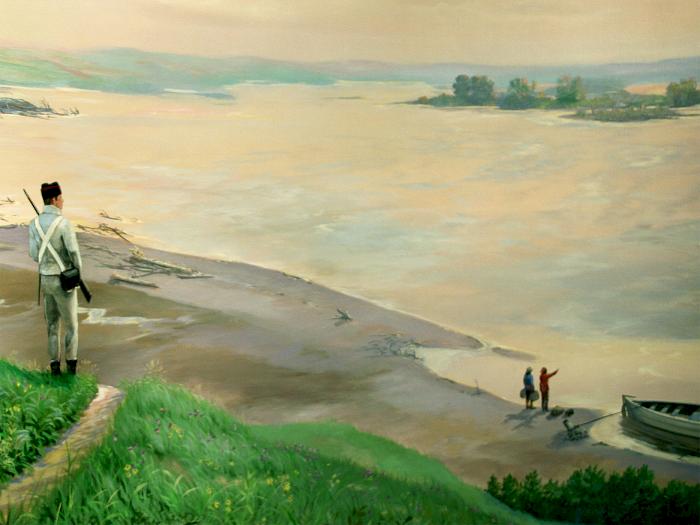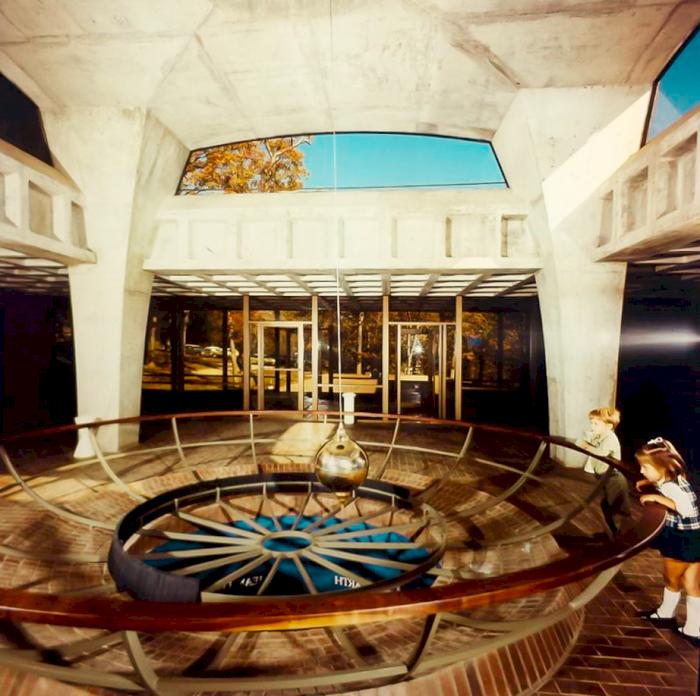What's Outside Your Window - Lewis & Clark's visit to Iowa
- Thursday May 14 2020
- General SCI
On this day in 1804, Lewis and Clark started their expedition up the Missouri River near present-day St. Louis, Missouri.
Although the expedition didn’t reach present-day Iowa until about three months later, we're commemorating today’s 216th anniversary of the famed Lewis and Clark Expedition by reaching out to our friends at the Lewis and Clark Interpretation Center in Sioux City to share what’s outside their window.
Captains Meriwether Lewis and William Clark were amateur biologists and zoologists wanting to learn about the plants and animals living within the territory of the Louisiana Purchase. They recorded their detailed observations in journals, which have been visualized as murals at the Lewis and Clark Interpretation Center. These murals give us an artistic representation of what Iowa may have looked like during their expedition more than 200 years ago.
Scenes of soldiers setting up campsites as well as a scene from a successful two-day fishing trip show native Iowa flora (like the purple cone-flower and other prairie plants) and fauna (like fish, which may have included largemouth bass, channel catfish, crayfish and freshwater mussels).
One image is a soldier overlooking the river. Looking at present-day images of where the Big Sioux River flows into the Missouri River, it’s hard to imagine traveling this expedition without modern transportation, like cars or motorboats, or infrastructure, like bridges!
The "Garden of Discovery" surrounding the Lewis and Clark Interpretation Center includes sculptures of different animal species encountered by the Lewis and Clark Expedition, including some that no longer call Iowa home, such as elk.
Although the center's building and exhibits are closed, the gardens remains free and open for exploring!
Special thanks to our friends at the Sioux City Lewis and Clark Interpretation Center for sharing their pictures of what’s outside their window and helping us to all Go Beyond with SCI!


